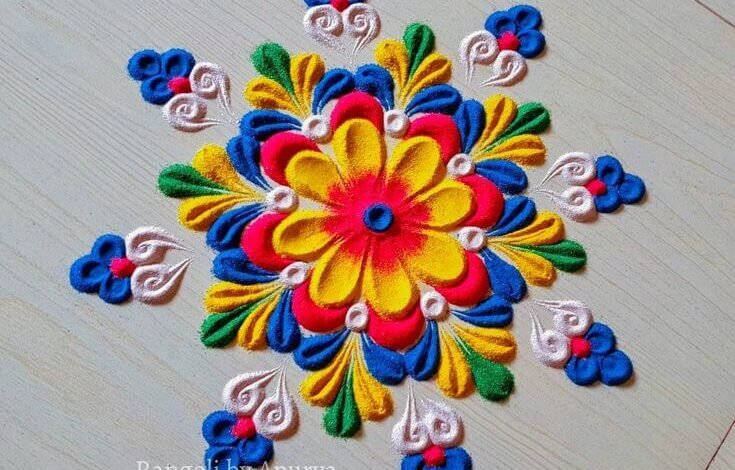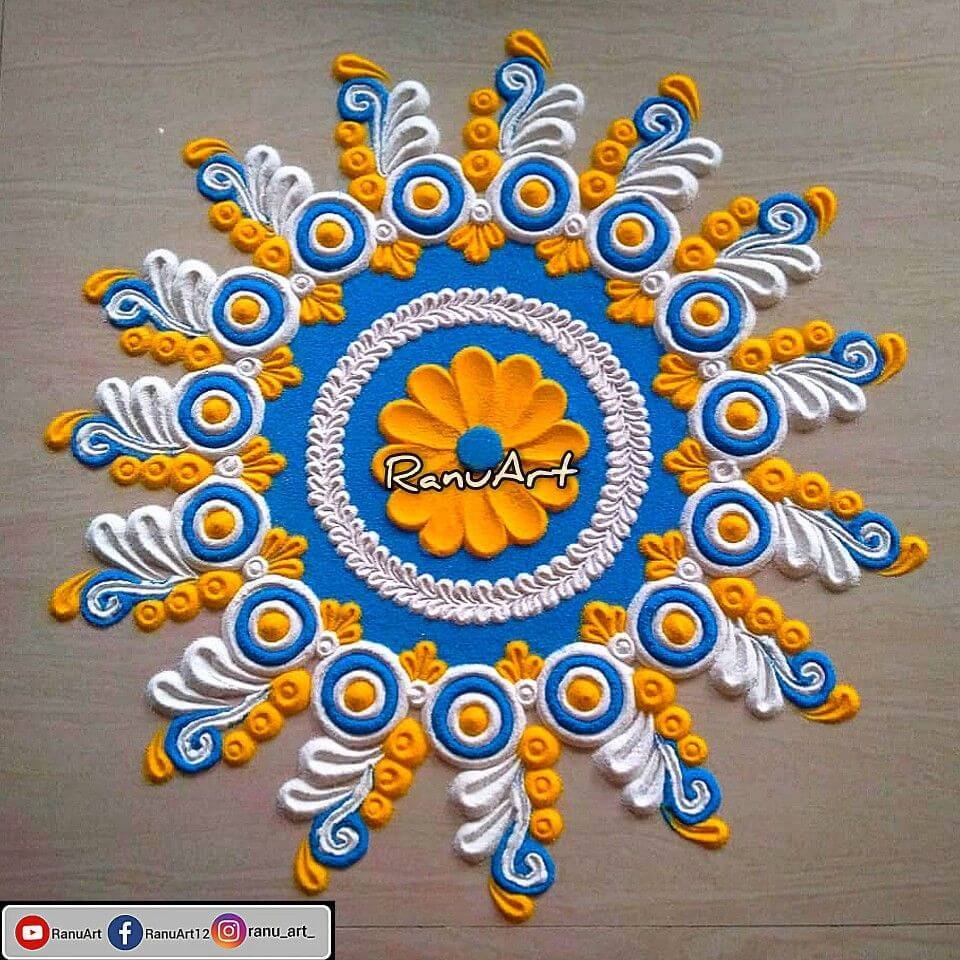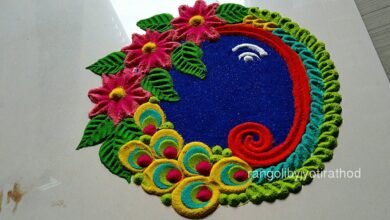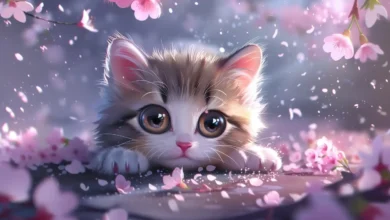Simple:3lveupw7rhy= rangoli design

Rangoli, a mesmerizing art form that brightens homes and hearts alike, has been an integral part of Indian culture for centuries. As guests enter your home during festivals or special gatherings, a beautifully crafted rangoli design serves as a vibrant welcome mat—inviting warmth, joy, and prosperity. If you’re looking to add a splash of color to your celebrations without spending hours on intricate patterns, you’ve come to the right place! In this blog post, we’ll explore “simple:3lveupw7rhy= rangoli designs” that are not only easy to create but also captivating in their charm. Get ready to unleash your creativity with minimal effort while making every corner of your home radiate festive spirit! Let’s dive into the world of simple yet stunning rangoli designs that anyone can master!
Introduction to simple:3lveupw7rhy= rangoli design
Rangoli design is more than just an art form; it’s a vibrant expression of culture and creativity that enlivens homes during festivals. These intricate patterns, crafted from colorful powders, flowers, or even rice, tell stories of tradition and celebration. If you’ve ever admired the beauty of rangoli but felt intimidated to try it yourself, you’re in for a treat. Today, we delve into “simple:3lveupw7rhy= rangoli design,” a style that’s accessible yet stunningly beautiful. Whether you’re preparing for Diwali or simply want to brighten up your space, this guide will inspire you to unleash your inner artist without any fuss!
What is simple:3lveupw7rhy= rangoli design
The term “simple:3lveupw7rhy= rangoli design” refers to a specific approach in creating rangoli that emphasizes simplicity and ease. Unlike more intricate designs, it focuses on straightforward patterns that can be crafted quickly.
This style often appeals to beginners or those looking for a quick decorating solution for festivals and special occasions. The unique code might suggest an innovative pattern or technique, making it distinct from traditional designs.
Using this method allows artists of all skill levels to engage with the art form without feeling overwhelmed. Simple shapes and lines characterize these creations, allowing anyone to express their creativity beautifully. Whether you’re preparing for Diwali or another celebration, this type of rangoli brings joy in its uncomplicated elegance.
History and Cultural Significance of simple:3lveupw7rhy= rangoli design
Rangoli boasts a rich history, tracing back to ancient India. It is believed that this vibrant art form originated over 5,000 years ago as part of Hindu traditions.
Traditionally, Rangoli was created during festivals and auspicious occasions to welcome guests and deities. Patterns often symbolize prosperity and happiness. The act of creating these intricate designs is seen as a ritualistic practice.
Various regions in India have their distinct styles, influenced by local culture and customs. Different colors made from natural materials like rice flour or flower petals highlight the individual flair of each design.
In many households, Rangoli serves as a means for women to express creativity while fostering community ties. It transforms spaces into inviting canvases filled with meaning and beauty.
Materials Required for Creating simple:3lveupw7rhy= rangoli design
Creating a beautiful simple:3lveupw7rhy= rangoli design requires a few essential materials. The foundation of any rangoli is the colored powders, known as “rangoli colors.” These come in various shades and can be made from natural sources or purchased ready-made.
You’ll also need a clean surface to work on. A smooth floor or outdoor patio works best for spreading your creativity.
Another handy item is chalk or white powder for outlining your designs before adding color. This helps maintain symmetry and precision.
Don’t forget tools like stencils, which can simplify intricate patterns. You might even want to use dried flower petals or rice grains for added texture.
Lastly, have some water nearby if you’re using natural colors; it helps blend and enhance the vibrancy of your artwork while keeping everything intact during creation.
Step-by-step Guide on How to Create a simple:3lveupw7rhy= rangoli design using
Creating a simple:3lveupw7rhy= rangoli design can be a delightful experience. Start by selecting a clean, flat surface outside your home or in your courtyard.
Next, gather colored powders or rice flour. You can also use flower petals for added beauty.
Begin with light pencil outlines if you prefer guidance while designing. Using the unique pattern from “simple:3lveupw7rhy=”, fill in shapes and sections with vibrant colors.
Use your fingers to blend colors where they meet for soft transitions. If you’re feeling artistic, add embellishments like small mirrors or beads around the edges.

Don’t rush—take your time to enjoy each step of the process. Once done, take a moment to admire your handiwork and share it with family and friends!
Tips and Tricks for Perfecting Your simple:3lveupw7rhy= rangoli design
Creating a stunning simple:3lveupw7rhy= rangoli design requires patience and practice. Start by sketching your pattern lightly with chalk or flour. This will serve as a guide for your final artwork.
Use vibrant colors to make your design pop. Experiment with different shades and combinations to find what works best for you.
Practice your strokes before applying them to the main canvas; this can help build confidence in creating intricate designs.
For added texture, consider incorporating materials like flower petals, rice, or colored sand into your rangoli. These elements can elevate the visual appeal significantly.
Lastly, don’t forget about symmetry and balance while designing. A well-proportioned rangoli is visually captivating and leaves a lasting impression on viewers.
Popular Variations and Styles of simple:3lveupw7rhy= rangoli design
Rangoli designs showcase a rich variety of styles, each reflecting regional influences and personal creativity. Traditional patterns often feature geometric shapes, floral motifs, or intricate mandalas.
One popular variation is the use of colored powders to create vibrant images that celebrate festivals like Diwali and Pongal. These designs can range from simple outlines to elaborate scenes.
Another style gaining popularity is 3D rangoli, where artists employ shading techniques for depth. This adds a modern twist while staying true to cultural roots.
Kolam is another well-known form in South India, characterized by its rice flour base and freehand drawing technique. Each design often has significant meaning tied to auspicious occasions.
With technology advancing, digital rangoli apps are emerging too. They allow users to explore and create stunning designs right from their smartphones without any mess involved.
How Technology has Influenced the Art of simple:3lveupw7rhy= rangoli design Making
Technology has transformed the art of simple:3lveupw7rhy= rangoli design making in remarkable ways. Digital tools and apps now enable artists to design intricate patterns with precision. This shift allows for experimentation beyond traditional methods.
Social media platforms play a pivotal role in sharing and promoting these vibrant designs. Artists from various backgrounds connect, exchange ideas, and showcase their creativity to a global audience.
Moreover, online tutorials have made learning accessible to everyone. People can easily follow step-by-step guides or watch videos that break down complex techniques into manageable parts.
Additionally, printable templates are available for those who prefer structure over freehand drawing. These resources help beginners gain confidence while fostering creativity.
The fusion of technology with this ancient art form encourages innovation while respecting tradition. As new generations embrace both worlds, rangoli continues to evolve beautifully.
Conclusion
Rangoli designs have a remarkable way of bringing color and vibrancy into our lives. The “simple:3lveupw7rhy= rangoli design” is more than just an artistic creation; it embodies tradition, creativity, and community spirit. As you explore this particular design, you’ll find that it’s a wonderful fusion of simplicity and elegance.
Creating Rangoli can serve as a meditative process that allows for self-expression. Whether you’re celebrating a festival or simply brightening your home, engaging with this art form brings joy to both the creator and the observer. Embrace the materials needed, follow the step-by-step guidance offered, and don’t hesitate to bring in your personal flair through various styles.
As technology continues to influence traditional practices like Rangoli making, it opens up new avenues for exploration. Online platforms offer tutorials while apps provide inspiration at our fingertips—making it easier than ever to dive into the world of “simple:3lveupw7rhy= rangoli design.”
So gather your colors and get ready to create. Every swirl and pattern tells a story waiting to be shared with others in your community!



